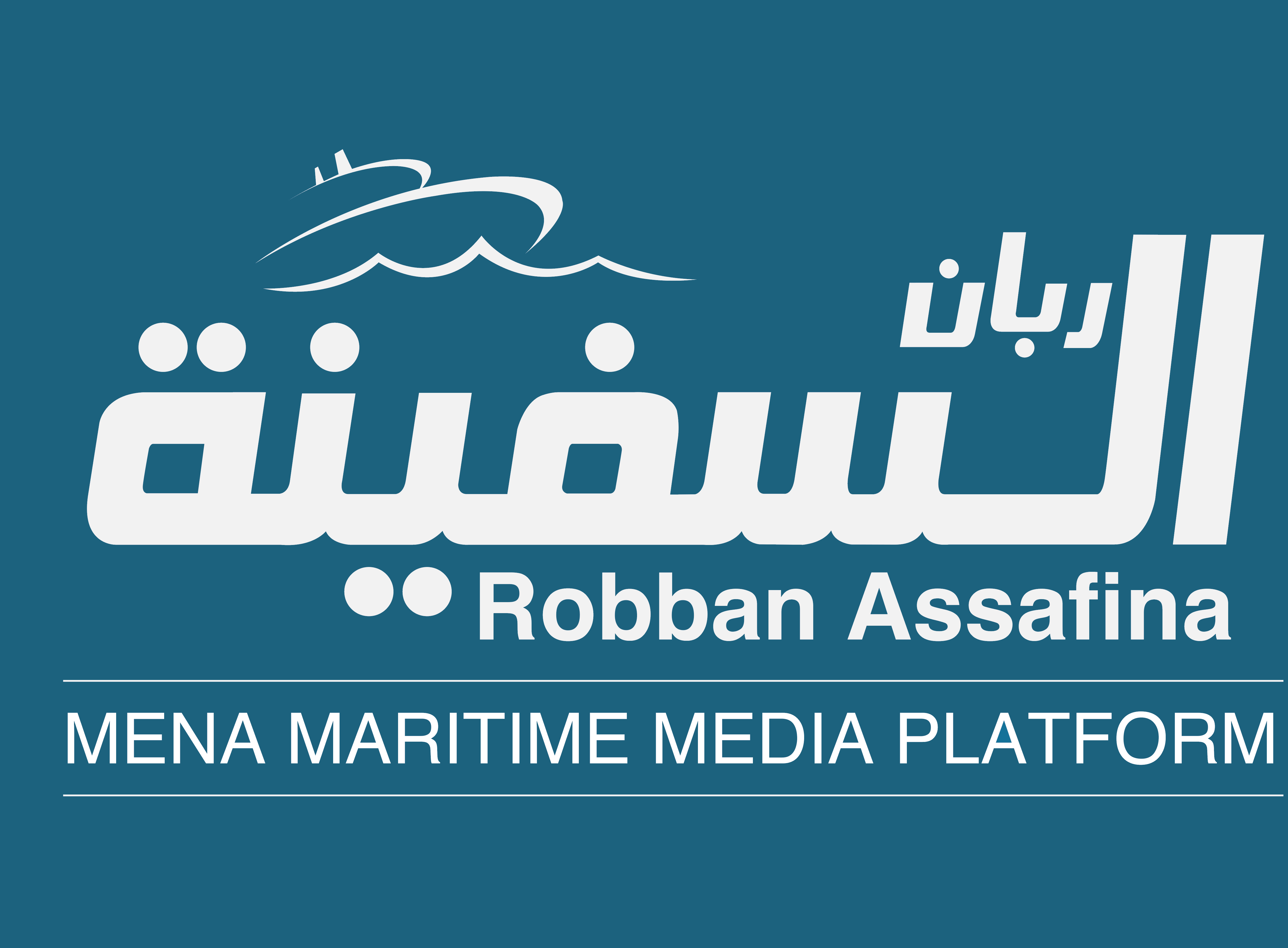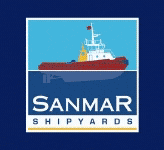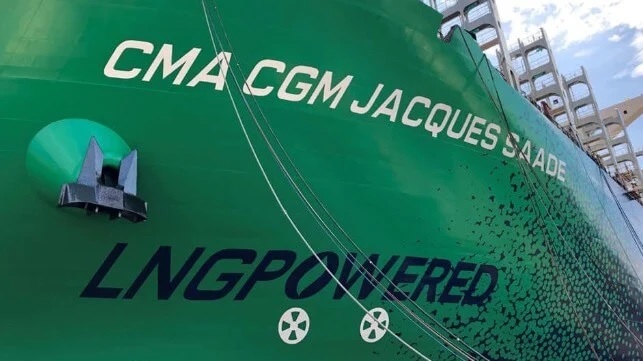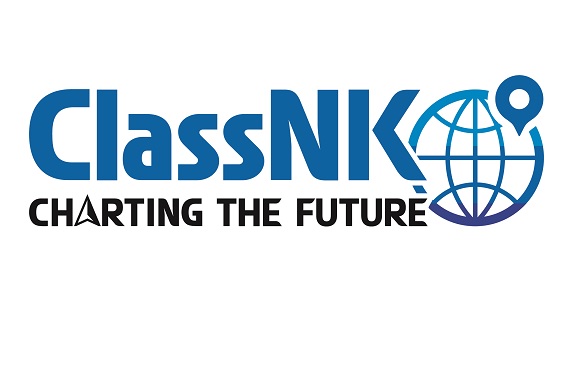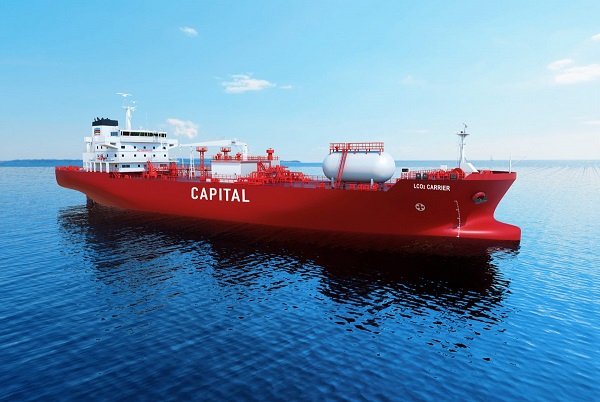St. Louis ports support port NOLA’s new terminal
St. Louis regional ports and the St. Louis Regional Freightway are jointly supporting the Port of New Orleans’ (Port NOLA) efforts to strengthen the flow of inland river cargo with the development of the Louisiana International Terminal (LIT).
The LIT is a new container terminal project on the Gulf Coast that will benefit not only residents and businesses in south Louisiana, but also advanced manufacturing operations, agribusinesses and farmers, as well as other port operations throughout the Southeast and Midwest regions.
The St. Louis region signed a Memorandum of Understanding (MOU) with Port NOLA in 2017 aimed at growing trade with a commitment to building existing and new business relationships between the two region’s critical ports of call. The establishment of the MOU led to increased traffic flow of cargo between the middle of America and Port NOLA, which is strongly rooted in container-on-barge service. The container-on-barge service moves an average of 30,000 TEUs per year between New Orleans, the Port of Greater Baton Rouge, Memphis and now St. Louis.
To further these efforts, the St. Louis Regional Freightway is supporting the Port of New Orleans in their development process to seek federal infrastructure funding for LIT.
| Read More: Port Authority of New York and New Jersey releases roadmap to net-zero GHG by 2050 |
The St. Louis region’s ports include America’s Central Port in Granite City, Illinois; Port Authority of St. Louis in the City of St. Louis in Missouri; Kaskaskia Regional Port Authority in southwestern Illinois; and the Jefferson County Port Authority in Missouri, south of St. Louis.
Intermodal river transportation has become an increasingly viable option for shipping containerized freight via traditional barge or new liner vessels. Maximizing one of the nation’s most important and underutilized trade routes and growing the volume of containerized freight moving on the inland waterways are two ways the St. Louis region and Port NOLA are working together and helping to solve global supply chain disruptions.
The St. Louis region is the nexus of six Class I railroads, four interstates located within 500 miles of one third of the U.S. population, and the most strategic location on the inland waterway system – ice-free and lock-free to and from the Gulf of Mexico.
"Leveraging these competitive advantages with Port NOLA’s supply chains is key to strengthening the nation’s global competitiveness", said Mary Lamie, Executive Vice President of Multi Modal Enterprises for Bi-State Development and head of its St. Louis Regional Freightway enterprise.
Furthermore, the Louisiana International Terminal builds on past federal investments in dredging the Mississippi River to 50 feet and locates the new terminal within the protection of the $14 billion Hurricane and Storm Risk Reduction System, which was constructed in the New Orleans region following Hurricane Katrina. The new terminal will allow the container-on-barge service to expand with a dedicated berth space designed for use. Container-on-barge volumes nationwide are expected to grow above 200,000 TEUs by 2050. This necessary, efficient transportation access allows U.S. shippers to compete in global markets and offers expanding trade opportunities for urban and rural communities.
Source: Safety4sea
| Read Here | |
 |
|

